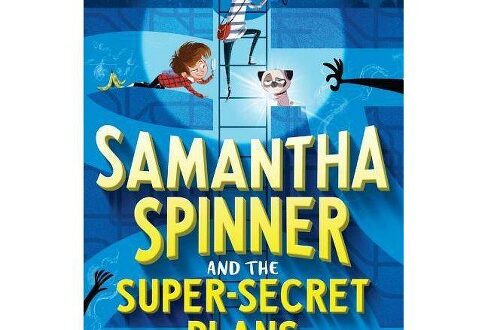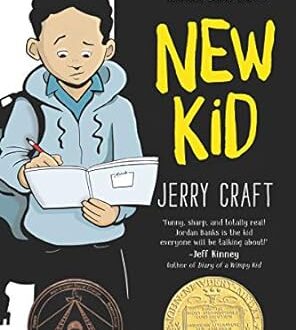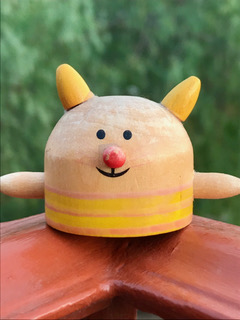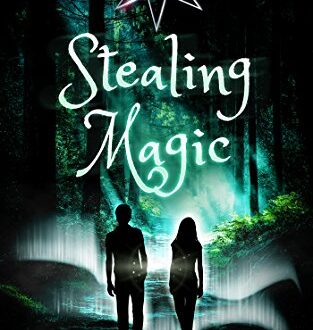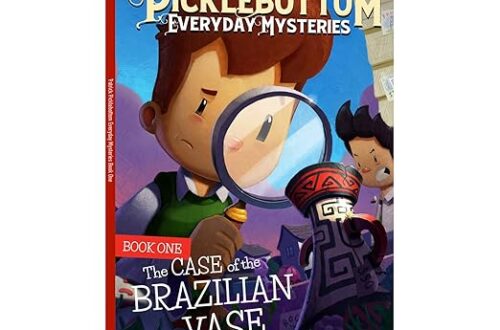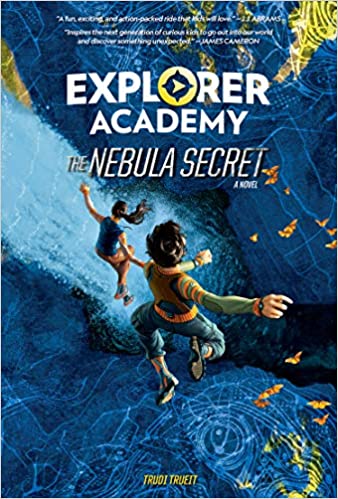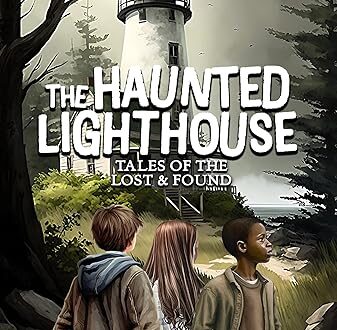-
Cracking the Code—Unlocking the World of Secret Messages!
Greetings, young codebreakers, and secret agents in the making! Are you ready to embark on an exhilarating journey where words become puzzles and messages become mysteries? Today we’ll explore writing secret codes. Writing secret codes is not just a game—it’s a way to communicate in a language known only to you and your trusted allies. Whether you’re passing notes in class, sending secret messages to friends, or simply exploring the art of cryptography, unveiling ancient ciphers, will empower you to become a master of secret communication. So, grab your pencils, don your detective hats, and let’s unravel the secrets of the clandestine world of writing secret codes!
Cryptography is the use of codes and ciphers to keep information secret. Records show that cryptography has been used for thousands of years.
Historically, cryptography methods primarily involved the use of pen and paper encryption or simple mechanical aids. For example, clay tablets found in Mesopotamia dating from 1500 BC had an encrypted recipe for pottery glaze. And Hebrew scholars were using substitution ciphers as far back as 500 or 600 BC.
In modern times, the ability to send encrypted messages has been of vital importance during war efforts. For example, the US recruited and trained Navajo “code talkers” during World War II. These code talkers developed a code in their native Navajo language, aiding the US in its war effort against the axis forces by enabling secret messages to be transmitted.
Codes vs. Ciphers
Cryptography uses both codes and ciphers. But what is the difference?
Codes are based on semantics, or the meaning of language. An example of code used by the Navajo code talkers for the word “plane” is “wo-tah-de-ne-ih.” In contrast to codes, ciphers are based on syntax, or symbols. Ciphers are typically just a set of instructions (an algorithm) for converting one set of symbols (e.g., letters) into another set of symbols (e.g., numbers or pictographs). An example of a simple letter-to-number cipher is A=1, B=2, C=3, etc.
All that being said, while codes and ciphers are different, the terms are often used interchangeably. Morse code, for example, it technically a cipher, not a code. Nonetheless, it is called Morse code, not Morse cipher.
Morse Code—converts letters and numbers into a series of dots and dashes (sometimes called dits and dahs). In Morse code, each dash has a duration that is three times as long as each dot. Each dot or dash within a character is followed by a period of no signal, called a space, equal in duration to the dot.
Morse code is well suited to be communicated through sound using audio tones. It can also be communicated visually using flashing lights. Although the code is not designed to be transmitted in written format, it can be written as well.
The Caesar Shift Cipher—is named after Julius Caesar, as he used this cipher to encrypt messages. However, it isn’t a very difficult cipher to figure out and thus messages sent with this cipher did not stay secret for very long.
With the Caesar Shift cipher, each letter of the alphabet is “shifted” some fixed number. The shift is named a “ROT,” which stands for “rotation.” For example, with a ROT1 shift A becomes B, B becomes C, and so on. With a ROT13 shift, on the other hand, A becomes N, B becomes O, C becomes P, etc. To decode a message sent using the Caesar Shift cipher, the person must be aware what shift has been used.
Codes and ciphers can be fun. There are a lot of “codebreakers” and “cipher-makers” out there on the Internet for you to use and have fun with. Go find them and have fun sending your secret messages!
AIME
-
Secret Agent 6th Grader: 3 Book Collection (Books 1-3)
Three laugh-out-loud books bundled into one action-packed collection – Brody Valentine was just a normal kid until he stumbled upon Glitch, a secret agency at his school…
My name is Brody Valentine, and this is the story of how I accidentally became a 6th grade secret agent at my school. You see, my life is plain and boring, just how I like it. Not too hot – not too cold – perfectly normal. That is, until a dangerous secret fell into my lap. Everything I knew to be true was completely flipped around and suddenly I’ve found myself buried in special codes and conspiracies. Now I’m being hunted because my brain knows a secret about my school so huge that your head would explode if you heard it.
This collection includes three hilarious books in one place: Secret Agent 6th Grader, Secret Agent 6th Grader 2: Ice Cold Suckerpunch, and Secret Agent 6th Grader 3: Extra Large Soda Jerk
For readers 8-12.
-
Strange Languages
Did you know twins sometimes make up a language all their own so they can have secret conversations? It’s called cryptophasia. This word comes from the Greek “crypto,” or secret, and “phasia” or speech.
Did you also know the black American slaves invented a secret language to teach each other how to read when it was against the law for them to learn? It is called Tut Language.
Most made-up languages use a few easy rules you can share with friends, but to someone who doesn’t know the rules, it can sound like you are speaking gibberish (which is a great word to know when you want to explain your secret language). Here are two well-known made-up languages, and one easy way to make up your own.
Pig Latin has been around since before William Shakespeare’s time. He even used it in his play, Love’s Labor’s Lost. The simple rule is to take a word like “pig” and move the first letter to the end. Then add “ay” to the end. So “pig” would be “igpay.” Latin would be “atinlay.” Igpay Atlinay! You will have to practice some, but it would be fun to try it out with a group of friends. Once you get good at it (fluent), it will be your secret language! For some help, here is an English to Pig Latin translator: http://www.snowcrest.net/donnelly/piglatin.html
Skimono Jive is a bit easier to learn—all you have to do is add “sk” to the beginning of each word. For instance, “twinkle, twinkle little star” would be “sktwinkle, sktwinkle sklittle skstar.” I guarantee this will make skgiggle a lot!
You can make your own language up by either adding a sound to the beginning of a word or the end of a word. Maybe you could use “bop” at the end of each word, so twinklebop, twinklebop littlebop starbop.” Try out different sounds with different words until you get one that is easy to learn but sounds like gibberish to anyone else.
-
Explorer Academy: The Nebula Secret
In Book 1 of the Explorer Academy series Cruz Coronado leaves his tranquil home in Kauai, Hawaii to join 23 talented kids from around the globe to train at the Explorer Academy with the world’s leading scientists to become the next generation of great explorers. But for Cruz, there’s more at stake. No sooner has he arrived at the Academy than he discovers that his family has a mysterious past with the organization that could jeopardize his future. In the midst of code breaking and cool classes, new friends and augmented reality expeditions, Cruz must tackle the biggest question of all: Who is out to get him, and why?
Readers 8-12 can get in on the excitement with puzzles and codes embedded throughout the book.


